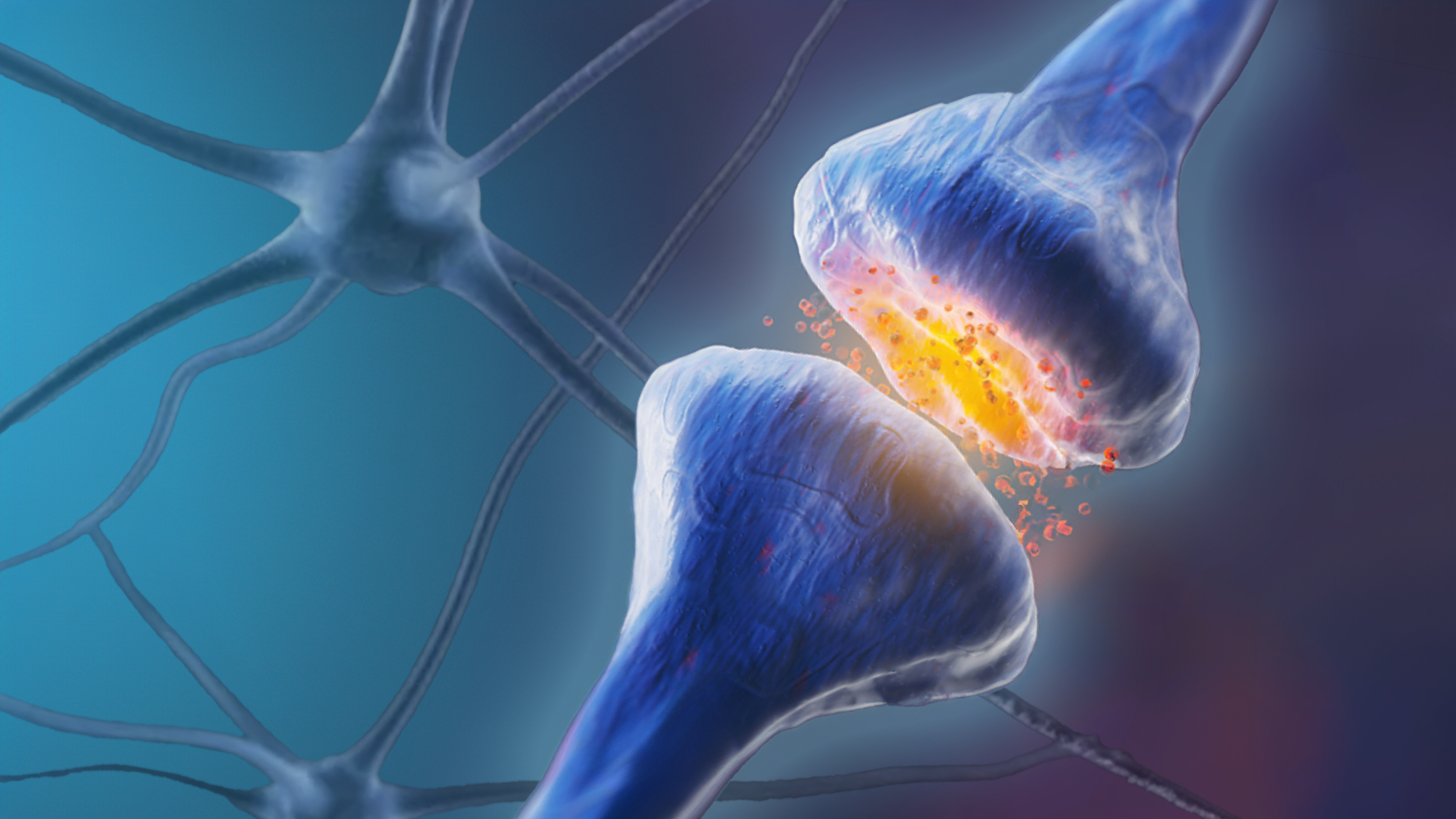
A California-based startup, Spinogenix, has just announced plans for a clinical trial of a new kind of drug for Fragile X: a BK channel opener. SPG601 is a once-daily pill that restores normal synaptic function to address core symptoms of Fragile X syndrome. This is an exciting development with promise for treating Fragile X and other autism spectrum disorders. The US FDA has just awarded Spinogenix Orphan Drug Designation to SPG601 for the treatment of Fragile X syndrome. Orphan Drug Designation is granted by the FDA to investigational therapies addressing rare medical conditions. Orphan drug status provides benefits to drug developers which can speed up the process and reduce the costs of bringing a new treatment to patients.
The trial will be run by Dr. Craig Erickson at the Cincinnati Children’s Hospital Medical Center. A single dose of the drug will be tested to see if it can affect the EEG signature in men with Fragile X. While this is just a preliminary study, it may provide vital clues to the best path forward for subsequent trials. “We look forward to the first study of a BK channel modulator in humans with Fragile X and taking the first step to evaluate this important drug mechanism in Fragile X syndrome,” Erickson said.
Evolution of BK Channel Studies in Fragile X Syndrome
FRAXA’s work with BK channels goes way back to the first FRAXA-funded proteomics studies by Dr. Peter Vanderklish who is now Chief Scientific Officer of Spinogenix. Dr. Vanderklish observed the numbers of BK channels were reduced in Fragile X brains. Multiple studies showed that FMRP, the protein lacking in Fragile X syndrome, normally regulates BK channels. Another FRAXA researcher, Dr. Vitaly Klyachko, found that boosting BK channel activity corrects many defects in Fragile X mice.
The obvious solution is a drug which can increase the activity of BK channels. A number of such drugs have been developed, though none are available for general use. FRAXA funded a French group led by Dr. Sylvain Briault to study these drugs in Fragile X mice, and they saw good rescue effects. Since then, FRAXA has worked with several companies seeking to develop this drug class to treat Fragile X. We tested the Spinogenix compound at FRAXA-DVI where it showed very promising results in Fragile X mice.
Other companies are also working on BK channel openers, including Kaerus Biosciences which is focusing on Fragile X syndrome.

What are BK Channels?
BK channels are large-conductance, calcium-activated potassium channels involved in many processes in the body and brain. Potassium has the chemical symbol K, so BK refers to ”Big Potassium.” When they are open, they conduct large amounts of potassium ions (K+) across the cell membrane, a process that is of particular importance to the proper functioning of synaptic connections.
BK channel openers work by increasing the open time of these channels, which in turn decreases the excitability of neurons.
BK channels are involved in a number of neurological disorders beyond Fragile X, including Parkinson’s and Alzheimer’s disease, so this class of drugs has vast potential.
Written by
Michael Tranfaglia, MD
Medical Director, Treasurer, Co-Founder
Dr. Michael Tranfaglia is Medical Director and Chief Scientific Officer of FRAXA Research Foundation, coordinating the Foundation’s research strategy and working with university and industry scientists to develop new therapeutic agents for Fragile X. He has a BA in Biology from Harvard University and an MD from the University of North Carolina at Chapel Hill. His son Andy has Fragile X syndrome.


